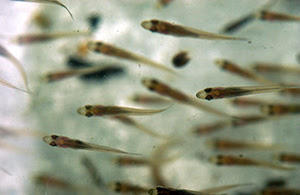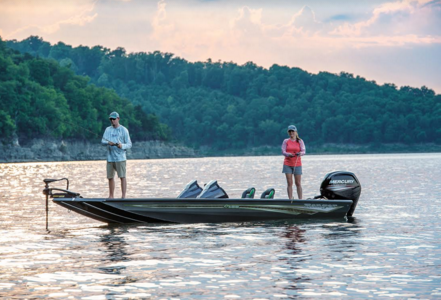NMMA Applauds NAFTA Breakthrough, Calls For Bringing Canada Back To The Table

On Monday, President Trump announced that the U.S. and Mexico reached an agreement to revise the North American Free Trade Agreement (NAFTA). Free trade between the U.S., Mexico, and Canada is a top priority for the recreational boating industry, and NMMA is encouraged by this development.
In response to the breakthrough, NMMA’s President, Thom Dammrich, stated, “President Trump’s announcement on a tangible NAFTA agreement with Mexico is welcome news and an important step toward modernizing and preserving the trade pact. Maintaining the trilateral agreement is critical for the continued health and success of American manufacturing, including the recreational boating industry. To that end, we urge the administration to capitalize on this momentum and immediately bring Canada – our industry’s largest export market – back into the fold, finalize the deal, and send it to Congress for approval. Read more








